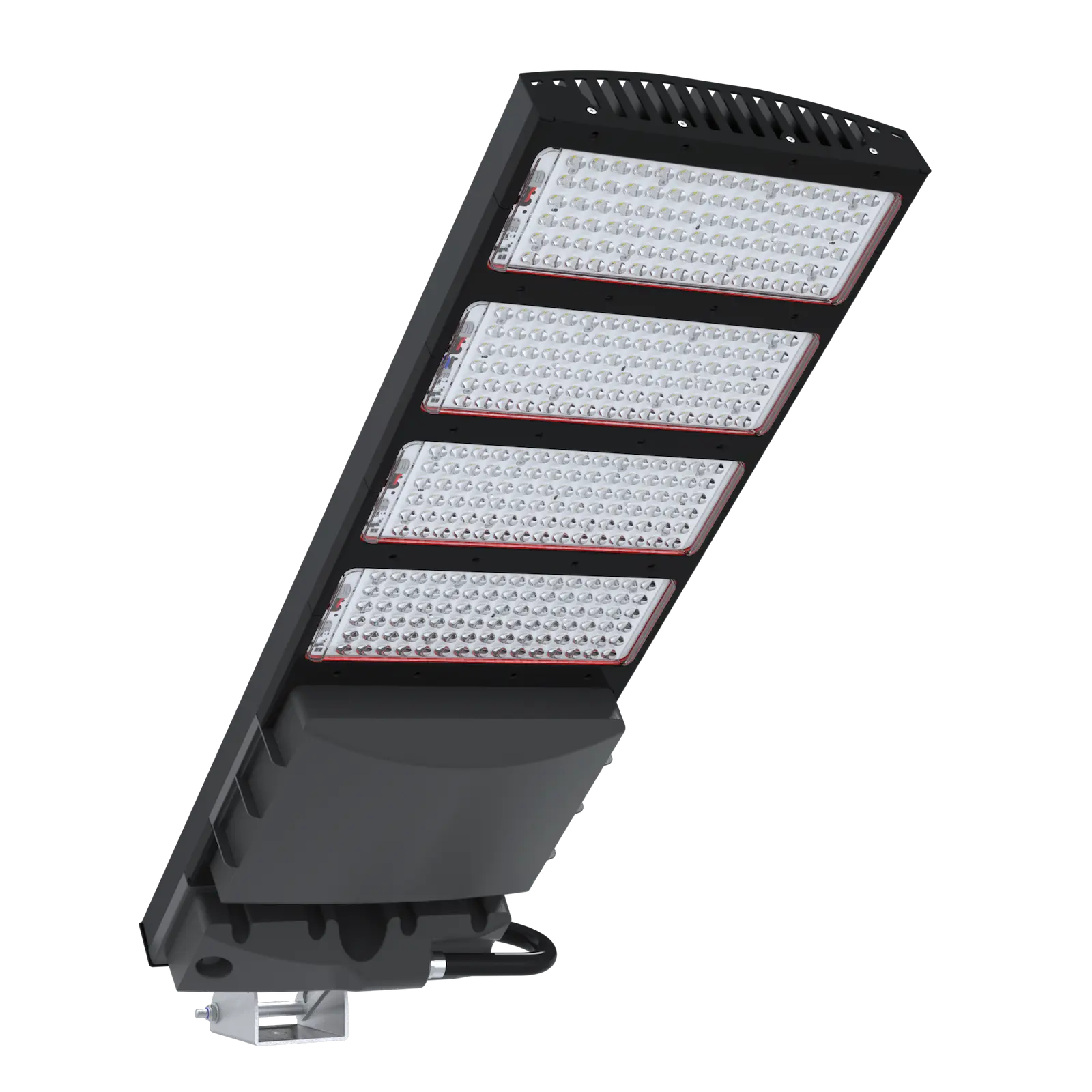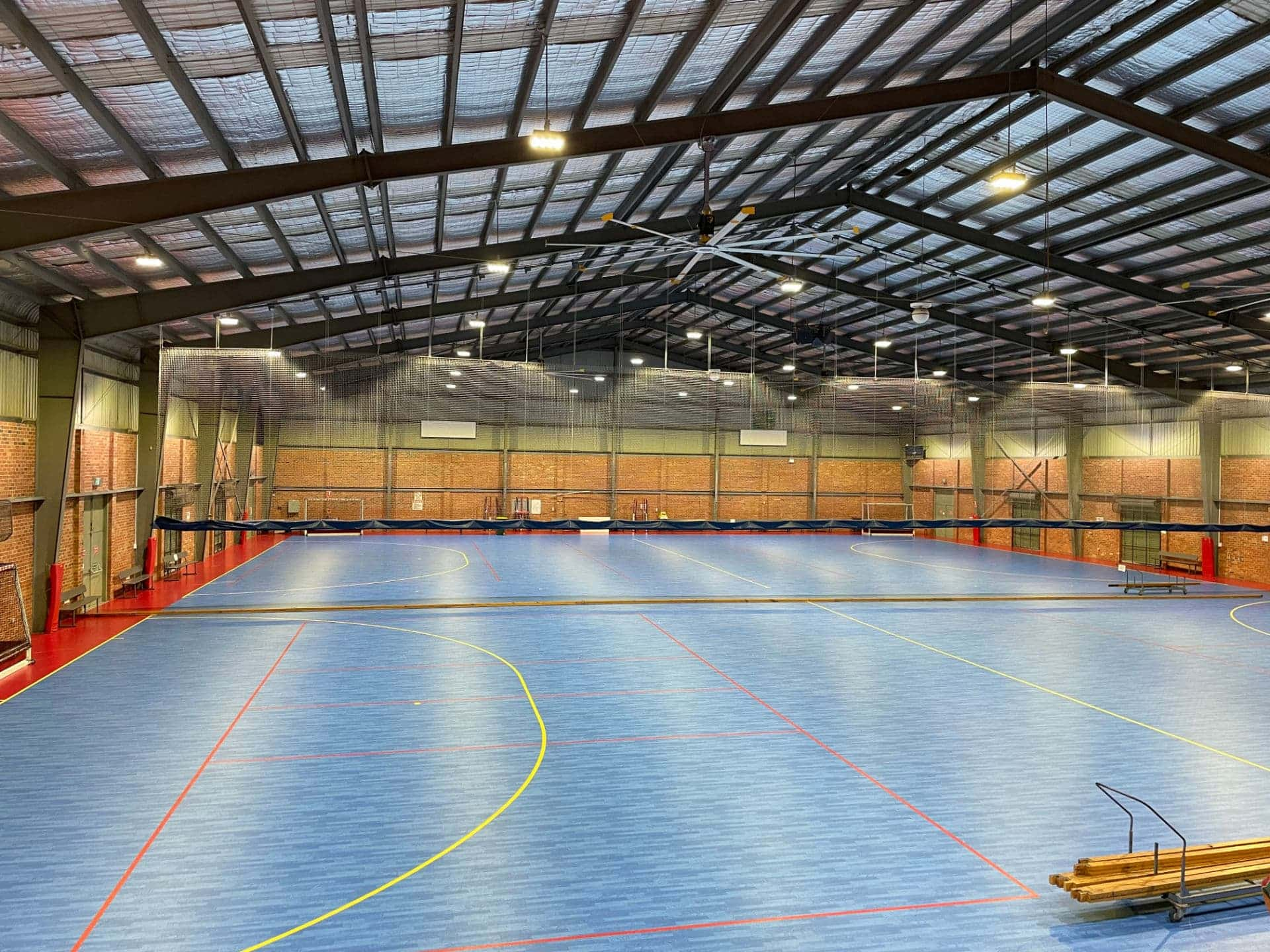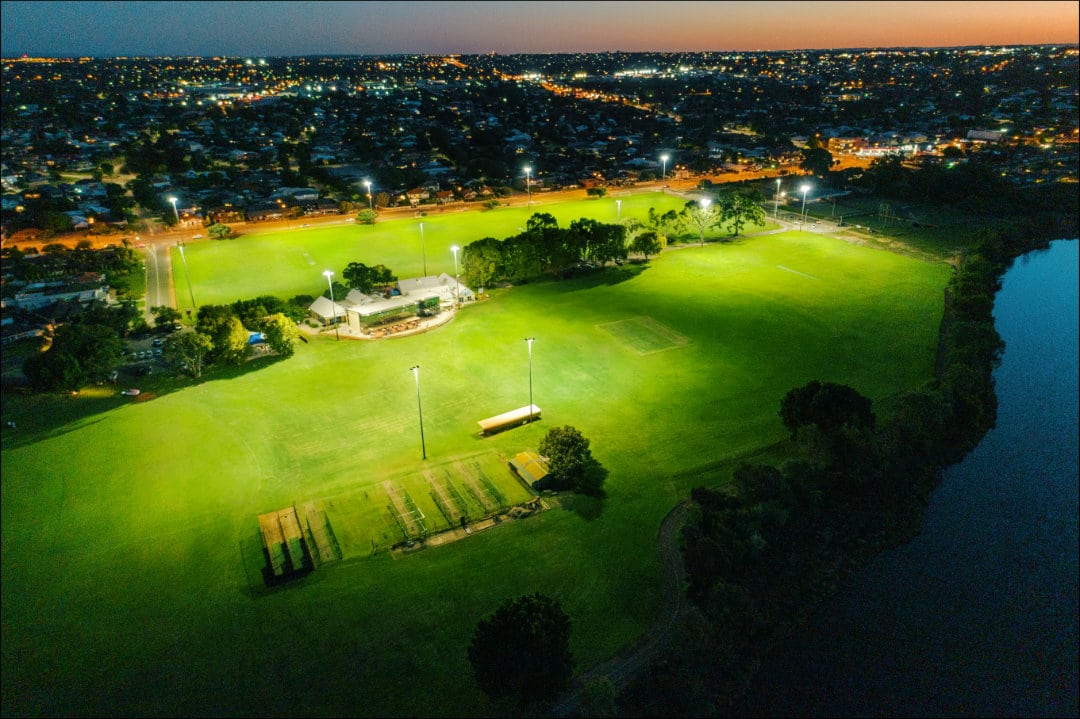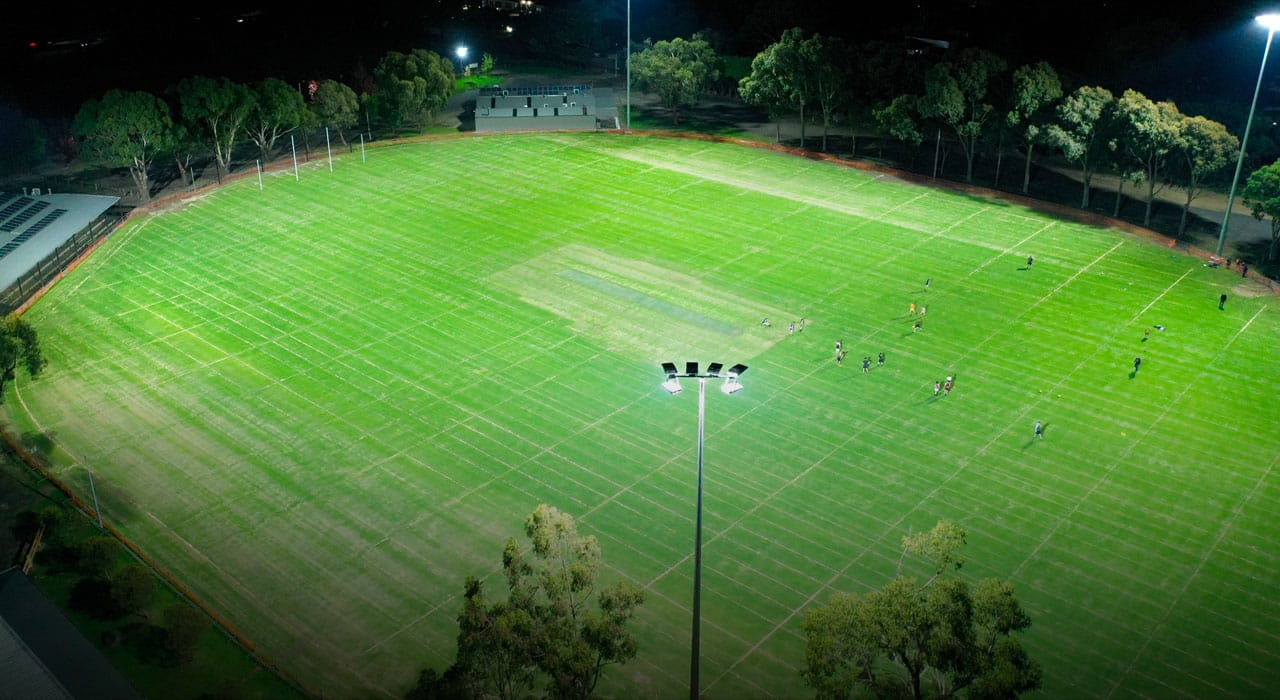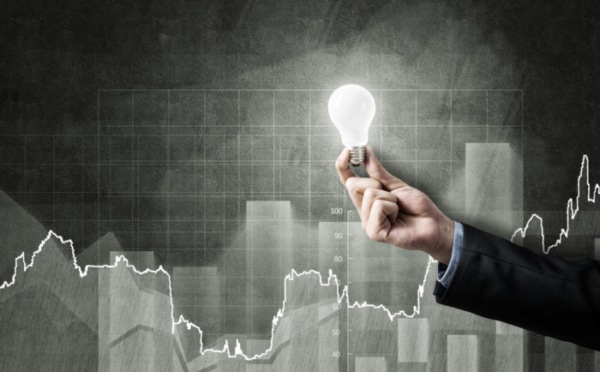When choosing a heatsink the manufacturer has to balance performance, cost and weight. Some metals like gold and platinum have excellent heat-sinking capabilities but are very expensive. Others, like copper, are not overly expensive, but very heavy. Aluminium, as it turns out, is a good balance of all three main characteristics. Aluminium is readily available,… Continue reading Why are most LED lighting heatsinks made from aluminium and how are they formed?
Tag: energy efficient
What are the most important factors in determining efficiency of an LED light?
Efficiency is often thought of as lumens per watt i.e. how much light do we get out (lumens) vs how much energy we put in. However there a few aspects which need to be considered before this seemingly obvious question can be answered. Firstly we need to establish what the manufacturers are referring to when… Continue reading What are the most important factors in determining efficiency of an LED light?
How do you know if an LED light is ‘efficient’?
When we talk about efficiency there are a number of elements to this which we need to understand before commenting on ‘efficiency’. In different industries, efficiency has different meanings. In a warehouse high bay, efficiency means using a small amount of energy to get a good amount of light as the lights are on for… Continue reading How do you know if an LED light is ‘efficient’?
Can I retrofit LED lighting to existing poles?
When considering changing lights to LED one of the first considerations should be if the poles can be reused. It’s important to note that this is not, or should not, be a compromise. Done correctly, there is no downside to reusing the poles and can often allow you to direct the savings to other projects… Continue reading Can I retrofit LED lighting to existing poles?
5 Ways LED Sport Lighting can Save 70% Off your Power & Maintenance Bill and Generate Income
Replacing halogen and metal halide bulbs and fittings with LED has been the obvious thing to do for the past 15 years. Well, let’s say 8 years (the promises have been there for 15 but they really haven’t stacked up). Most of what was said was true – the lamps used less power, required less maintenance… Continue reading 5 Ways LED Sport Lighting can Save 70% Off your Power & Maintenance Bill and Generate Income
What is the Return on Investment (ROI) on sports lights?
Ben, an earnest young project manager brings his new idea to the board meeting – replace our ridiculously outdated metal halides for new, singing-and-dancing LED’s. ‘Everyone is doing it, the whole world is changing to digital LED – it must be the right thing to do!’ Thoroughly researched, he is confident of 100% buy-in from all. The… Continue reading What is the Return on Investment (ROI) on sports lights?
Are LED fittings more energy efficient than 2kW Metal Halide for sports fields?
If you have looked into LED lighting at all you will have noticed there is dozens, if not hundreds, of options. So, as you can imagine, there a dozens, if not hundreds, of variations to the answer of this question. They range from 100W to 1500W, big fins, small fins, fan assisted, metal pressed, die… Continue reading Are LED fittings more energy efficient than 2kW Metal Halide for sports fields?
How energy efficient are LED fittings compared to 2kW Metal Halide for sports fields?
When we (those of us over 40) think of an LED we tend to think of a little glowing diode on a pc board or electronic toy and register the fact the LED draws very little power. While this may be correct for a single diode, when we ramp things up 10W of power is… Continue reading How energy efficient are LED fittings compared to 2kW Metal Halide for sports fields?
